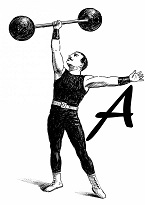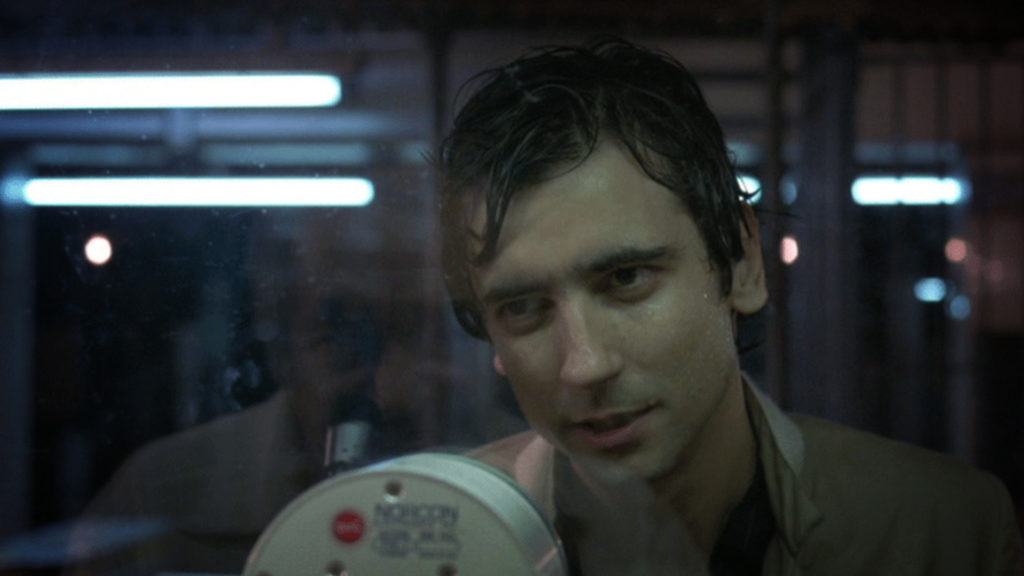Director Martin Scorcese tried his best to make me dislike his 1985 dark comedy “After Hours.” It’s bizarre start and trademark Scorsese-like slow moving beginning had me shaking my head and prepping for a scathing review. By the end, the unusual film had earned a spot in my list of all time favorites.
The movie came about as a saving point in Scorcese’s career. Reeling from Paramount Pictures decision to pull away from the controversial “The Last Temptation of Christ,” Scorcese turned his focus to much smaller scale projects. The director had at one point considered retiring from the Hollywood business altogether, until the “After Hours” script came along.
The film takes a devout turn from the serious nature of other Scorcese films such as “Mean Streets,” Taxi Driver,” and “Raging Bull.”
Playing out in true indy style, “After Hours” posseses a fun plot with an ensemble group of characters lead by Griffin Dunne.
The darker tones are set from the beginning, with the story taking plac in 1985 New York City – a brooding era before the 180 degree cleanup New York went through in the 90s.
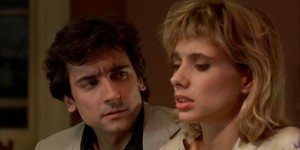
Its 11:32 pm and Paul Hackett (Dunne) a low level word processor in a standard cubicle filled corporate slaughterhouse, calls the number of a mysterious woman he met earlier in a local diner.
“I’m really glad you called.” Whispers the beautiful Marcy (Rosanna Arquette), the only motivation Paul needs to make the 45 minute journey to her SoHo loft.
Thinking his mundane existence is about to change for the good, his night takes a turn for the worse when his $20 bill blows out the window of a speeding taxi, leaving him broke and at the mercy of the foreboding city – the first domino to fall in a string of awful events to come.
Like a more ominous version of comedies “Trojan War” and “License to Drive,” “After Hours” follows the plight and perils of Paul Hackett for the next handful of hours as he attempts to accomplish a seemingly simple trip back home.
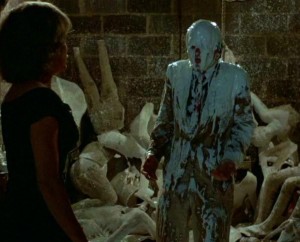 Scorcese takes the Joseph Minion script and infuses a dream like quality that makes it intriguing. Events that happen to Paul play out as if he is in the middle of a nightmare – literally and figuratively.
Scorcese takes the Joseph Minion script and infuses a dream like quality that makes it intriguing. Events that happen to Paul play out as if he is in the middle of a nightmare – literally and figuratively.
Early scenes depict Paul’s anxiety as he makes plans with Marcy – showing the viewer his pessimistic interpretation of what is being said in lieu of what is actually occurring.
He assumes the worst from the women he meets. His mind over exaggerates a potential disfigurement on Marcy’s body. Many other subtleties are littered throughout as well – a testament to the brilliance of Scorcese.
The ensemble cast that surround Dunne plays out well, with recognizable faces like John Heard and Catherine O’Hara (who would appear together again five years later in the classic “Home Alone“), Teri Garr, Victor Argo, Will Patton, and legendary stoners Cheech and Chong included.
But all other players come in second fiddle to Griffin Dunne, who owns the role of the lame everyman Paul Hackett in a beautiful and mesmerizing way.
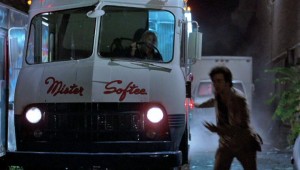
Paul is just trying to score with a woman he happened to meet. Its not asking for much, though by the end, you will believe, along with Paul, that the universe is conspiring against him.
The city that never sleeps is showcased as Paul struggles desperately, not to slay a dragon and win the hand of a princess, but just to get back to his apartment and crawl into bed. “Different rules apply when it gets this late.” The owner of the diner informs him. “Its after hours.”
The type of film that has replay value (I watched it twice in less than 24 hours) “After Hours” is a classic dark comedy with excellent acting, believable writing, and a great directorial performance from Martin Scorcese.
